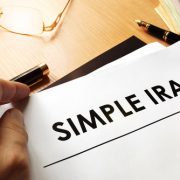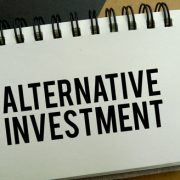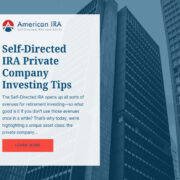Diversification in a Self-Directed IRA
If you’ve read this blog over the past few years, you know that we’re constantly talking about diversification. But what does diversification mean? And why does it matter? Let’s zoom in on this key investing topic and explain more about how it can help you build retirement wealth—especially when you use a Self-Directed IRA to achieve true diversification.
Diversification: An Overview
First, let’s look at the Investopedia definition of diversification:
Diversification is a technique that reduces risk by allocating investments across various financial instruments, industries, and other categories. It aims to minimize losses by investing in different areas that would each react differently to the same event.
Immediately we know a few things about diversification. It’s a technique to reduce risk. It aims to minimize losses. But how does it achieve it?
The simplest way to think about diversification is the eggs-in-one-basket analogy. An investor with low diversification would put all of their eggs in one basket. For example, maybe they put all of their retirement savings in Apple stock. And while Apple stock going up might sound like a great thing, it also means that there’s risk the individual stock could not perform well.
A diversified investor, on the other hand, may broaden their diversification by putting their eggs in many baskets. Maybe they buy multiple stocks. More common, investors buy multiple mutual funds, which themselves contain multiple stocks. And investors can diversify their portfolios even further by investing across different types of companies—energy companies, technology companies, healthcare companies, agricultural companies, and so on.
And while this can be great, there’s still another level of diversification an investor can achieve. They can put their eggs in multiple types of baskets, too.
Diversification Through the Self-Directed IRA
While a well-diversified stock portfolio can indeed be a great way to invest, it also means you’re beholden to the performance of the stock market. And in cases of economic calamity like in 2008, it’s very hard to feel protected when the entire stock market goes down on average. To feel secure, you may need to broaden your diversification to multiple asset classes, or types of investments.
In retirement accounts, the idea of asset diversification isn’t the usual path. Most people content themselves with the stocks, bonds, and funds that most brokerages offer. But when you self-direct with a Self-Directed IRA custodian who can offer administration services if you were to invest in real estate assets, for example, you can move beyond the stock market. You can use the full range of asset classes available to retirement accounts, including real estate, precious metals, private companies, tax liens, and more.
This helps you achieve a level of diversification that most people aren’t even familiar with—at least not through IRAs. And with this level of diversification, you might find yourself worrying less about economic headlines, sudden dips in the market, issues with real estate, and more. After all, if you have your investments in a broad variety of baskets, you don’t have to worry about any specific one taking your portfolio down. And that gives you the peace, freedom, and confidence to continue investing as you see fit.
We should note that you don’t have to diversify to this range. But with a Self-Directed IRA, the point is that it’s an option available to you. And that’s a level of freedom that many people aren’t familiar with—not with retirement accounts.
Want to know more about how it all works? Reach out to us here at American IRA by dialing our phone number at 866-7500-IRA and we’ll be happy to chat.










